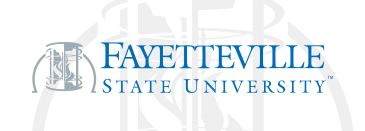Using an integrated typology of deviance to analyze ten common norms of the U.S. middle class
Document Type
Article
Publication Date
1-1-2004
Abstract
In a recent article we presented an integrated typology in which we categorized deviance based on both norms and evaluations. Cross-classifying normative expectations and societal evaluations identifies four types of deviance. Negative deviance implies negatively evaluated underconformity (or nonconformity); rate busting depicts negatively appraised overconformity; deviance admiration designates positively reacted to underconformity (or nonconformity); and positive deviance signifies positively sanctioned overconformity. To assess the efficacy of this typology in relation to a system of norms, ten middle - class norms-previously defined as the predominant ones in the United States by Tittle and Paternoster (2000) - were evaluated in relation to our integrated typology. Those norms are: loyalty, privacy, prudence, conventionality, responsibility, participation, moderation, honesty, peacefulness, and courtesy. Each potentiality is identified; for example, regarding the norm of loyalty, apostasy is the negative deviance form (negative deviance has already been outlined in relation to all ten norms); rebellion is the deviance admiration type; fanaticism is the rate busting scenario; and altruism is the positive deviance kind.
Recommended Citation
Heckert, Alex and Heckert, Druann Maria, "Using an integrated typology of deviance to analyze ten common norms of the U.S. middle class" (2004). College of Humanities and Social Sciences. 420.
https://digitalcommons.uncfsu.edu/college_humanities_social_sciences/420


